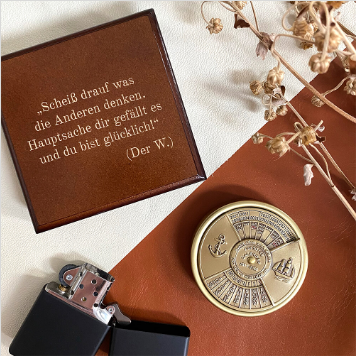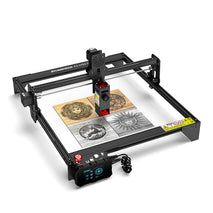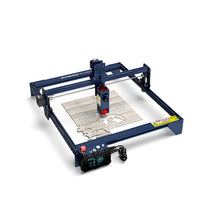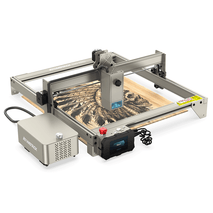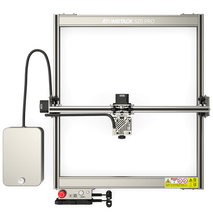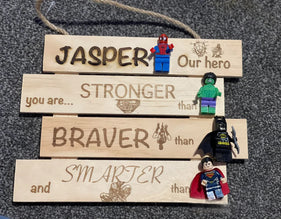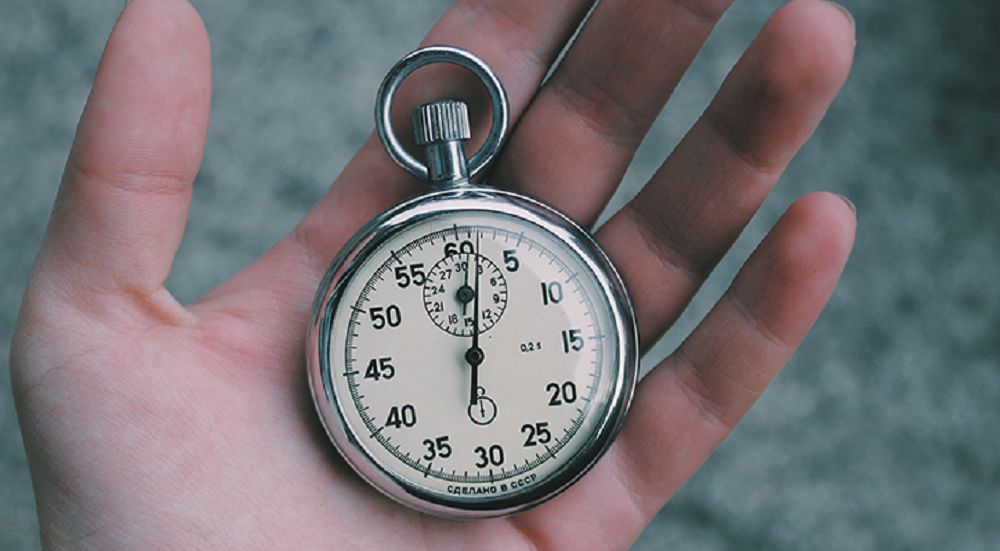
What Does The Time Required For Laser Engraving Depend On?
Laser engraving is a high-precision, high-efficiency manufacturing technique that uses a laser beam to cut and engrave a variety of materials, including metal, plastic, wood, ceramics, and more. However, people often ask: what does the time required for laser engraving depend on? This article will explore this question.
The Basic Principle Of Laser Engraving
Before understanding the time required for laser engraving, we need to understand the fundamentals of the Atomstack laser engraver. Laser engraving is a non-contact processing technology. Its basic principle is to use the high energy density of the laser beam to cause chemical reactions such as melting, vaporization or peeling off the surface of the material, thereby achieving multiple functions such as scoring, engraving and cutting.
The process of laser engraving can be divided into three basic stages: preprocessing, laser cutting and postprocessing. The pretreatment stage includes treatments such as material cleaning, coating and painting. In the laser cutting stage, the laser beam is focused on a very small point after passing through the focusing lens, generating high-temperature and high-pressure plasma to cause chemical reactions on the surface of the material. Finally, in the post-processing stage, the scored or carved parts need to be finished and polished to achieve the final effect.
What Does The Time Required For Laser Engraving Depend On?
1. Type Of Material
Different materials have different properties such as hardness, density, thermal conductivity, and electrical conductivity, which will directly affect the time required for the Atomstack S20 Pro laser engraver. In general, softer materials (such as rubber, foam, etc.) are easier to cut with a laser, and the time will be relatively short; while harder materials (such as titanium alloys, ceramics, etc.) will take longer to complete the cut.
2. Depth And Area Of Engraving
The time required for laser engraving is also related to the depth and area of engraving. Generally, the deeper the engraving depth, the longer the time required; and the larger the engraving area, the longer the time required will be.
3. Laser Power
Laser power is one of the important indicators to measure the performance of the Atomstack S30 Pro laser engraving machine, which represents the intensity and energy density of the laser beam. The higher the power of the laser, the more diverse the materials that can be cut and engraved, and the processing efficiency can also be improved. Therefore, laser power also affects the time required for laser engraving.
4. The Quality And Performance Of The Laser Cutting Machine
The quality and performance of the laser cutting machine is also one of the factors that affect the time required for laser engraving. High-quality laser cutting machines usually have higher processing accuracy, stability and reliability, and can complete engraving tasks quickly and accurately. Low-quality laser cutters tend to take longer to process and are prone to errors.
5. Design Complexity And Detail
The complexity and detail of the design pattern can also affect the time required for laser engraving. Simpler, large-area patterns are obviously easier to manipulate than complex, scattered patterns, and the time required will be shortened accordingly.
6. Operator Skill Level
Finally, the skill level of the operator is also a factor in the time required for laser engraving. Experienced operators can operate the LaserPecker 3 laser engraving machine more proficiently, reducing errors and wasted time, thereby increasing work efficiency.
3. Summary
Laser engraving is a high-precision manufacturing technique, and the time required for it is affected by many factors. These factors include the type of material, the depth and area of the engraving, the laser power, the quality and performance of the laser engraver, the complexity and detail of the design pattern, and the skill level of the operator, among others. In actual operation, these factors need to be considered comprehensively, and relevant parameters should be adjusted as needed to achieve the best engraving effect and processing efficiency.
